Everglades National Park, Florida’s crown jewel, is one of the largest and most distinctive wetlands on Earth. During the rainy season, the park unveils its wild and mysterious beauty, promising unforgettable experiences for nature enthusiasts. Are you ready for an adventure into the heart of the Everglades during the rainy season?
Everglades National Park: Florida’s Natural Treasure
Located in southern Florida, USA, Everglades National Park is a vast protected area with a highly diverse ecosystem. Stretching from the southern edge of Lake Okeechobee to Florida Bay, it spans territories across Miami-Dade, Monroe, and Collier counties. The Everglades is renowned for its rich wildlife, including American alligators, Florida panthers, migratory birds, and numerous rare plants and animals. This unique wetland is not only an alluring tourist destination but also a critical element in maintaining the region’s ecological balance.
The Formation History of Everglades National Park
The journey to establishing Everglades National Park is a long tale of conservation efforts that spanned nearly a century. It involves recognizing the importance of this unique ecosystem and fighting to protect it from exploitation and destruction.
Early Exploitation (19th Century – Early 20th Century)
During its early history, the Everglades was home to Indigenous tribes such as the Seminole and Miccosukee. When Europeans and Americans arrived, they saw the Everglades as wasteland in need of drainage for agriculture and urban development. Large-scale drainage projects were initiated, leading to devastating impacts on the natural habitats of countless plants and animals.
Conservation Movement and Park Creation (1920–1940)
After years of exploitation, scientists, conservationists, and local residents began to notice the severe degradation of the Everglades ecosystem. Biologist Marjory Stoneman Douglas played a pivotal role in raising awareness about the importance of the Everglades with her influential book, “The Everglades: River of Grass” (1947). The book redefined perceptions, helping people understand that the Everglades is a unique river system rather than a mere swamp.
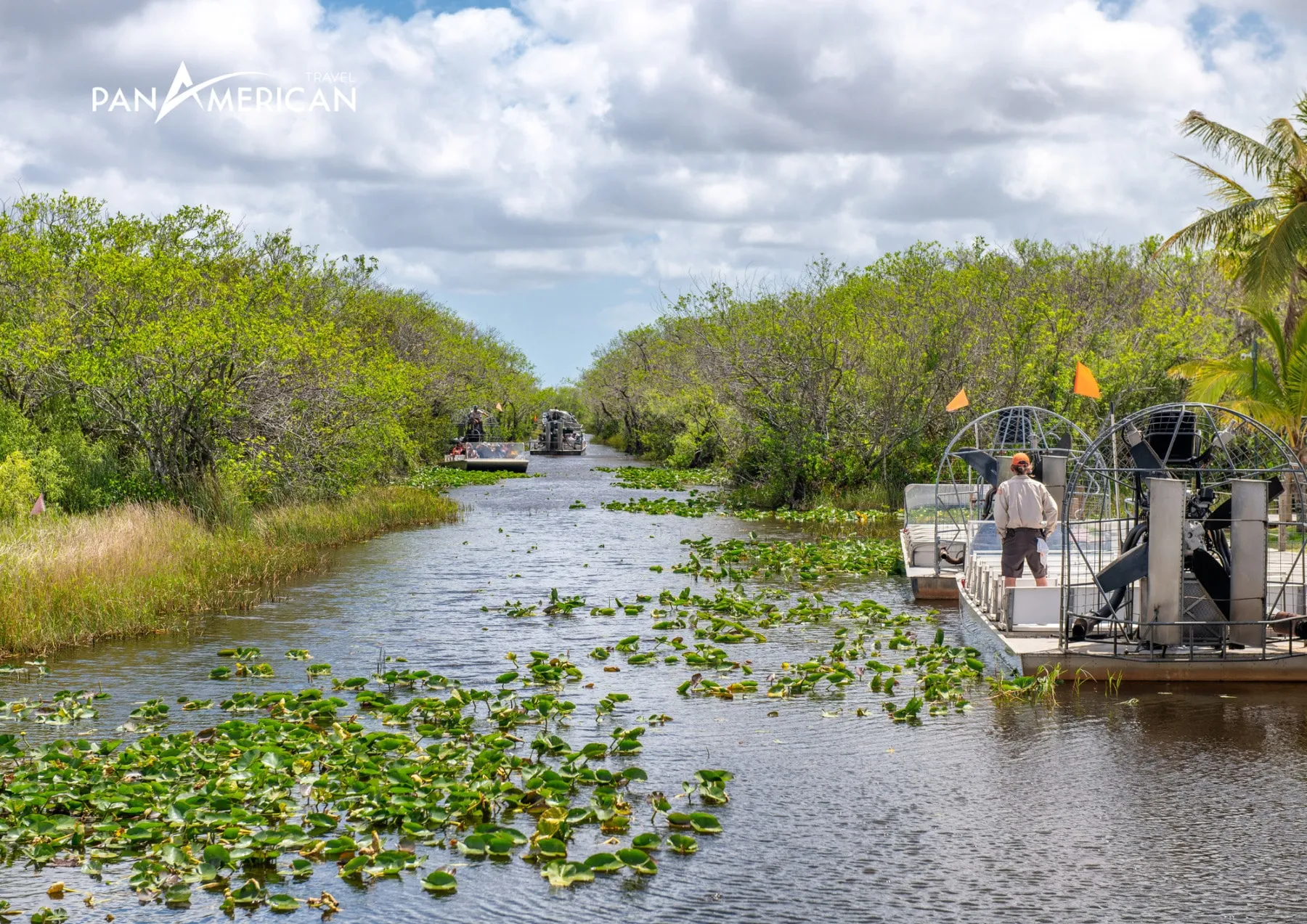
Thanks to relentless advocacy, the U.S. Congress officially established Everglades National Park on December 6, 1947. It became the world’s first national park created not just to protect natural landscapes but to safeguard a fragile ecosystem.
Challenges and Expansion (20th Century – Present)
Despite its protected status, the Everglades continues to face threats such as water pollution, invasive species, and urban development. The largest conservation project in U.S. history, “Comprehensive Everglades Restoration Plan” (CERP), was launched to restore natural water flow and improve water quality. The park has been designated as a UNESCO Biosphere Reserve, World Heritage Site, and Wetland of International Importance, highlighting its global significance in ecological conservation.
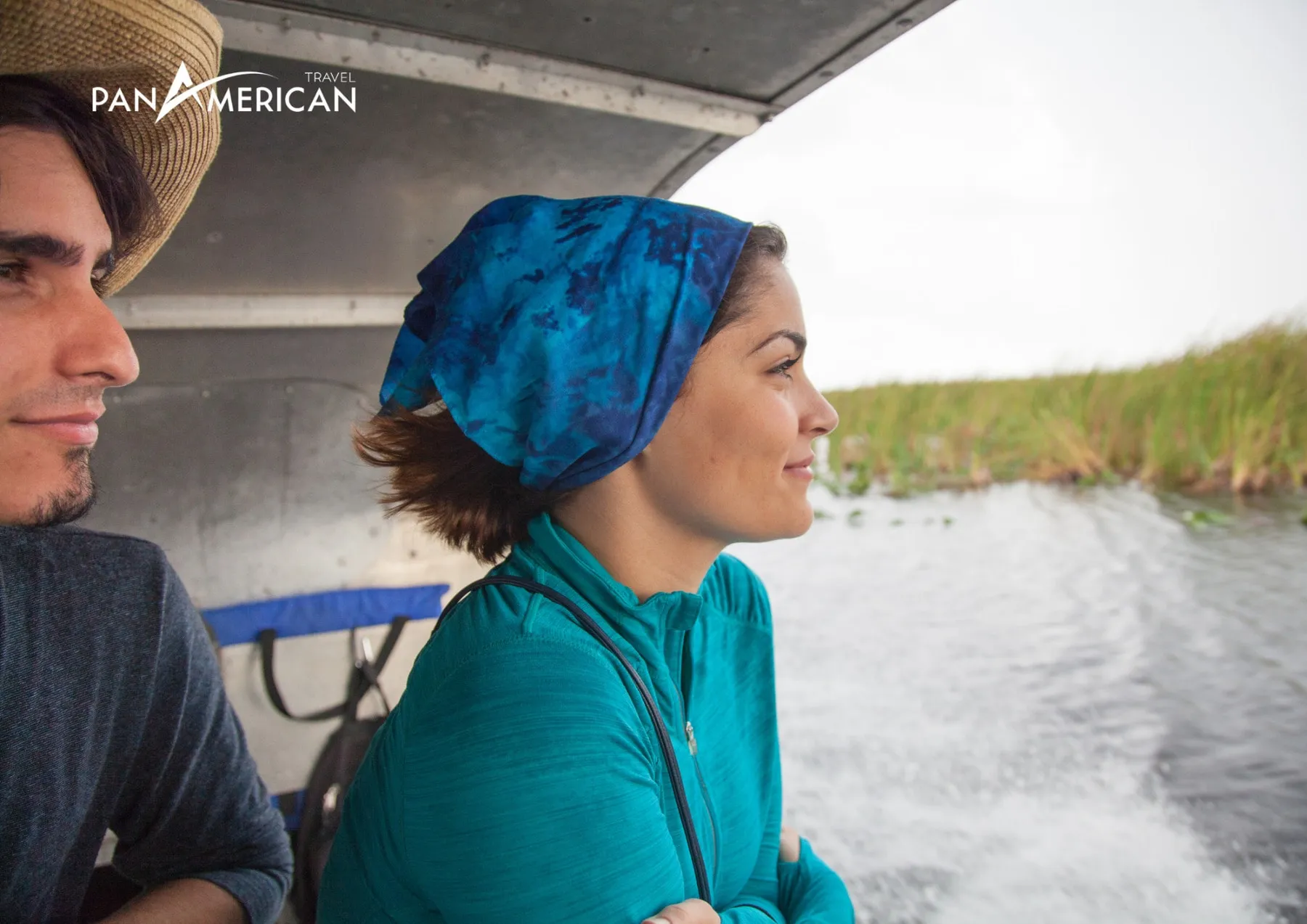
Why Visit Everglades During the Rainy Season?
The rainy season (May through November) might seem an unusual time to visit national parks, but for Everglades, it’s when the park’s natural vibrancy is at its peak. Despite hotter, more humid conditions (and more mosquitoes), this season brings unique advantages.
- Active Wildlife: The rainy season is breeding time for many animals, including alligators, birds, and amphibians. You’ll have the chance to observe them in their natural habitats, showcasing extraordinary behaviors.
- Lush Scenery: Heavy rainfall transforms the landscape into a verdant wonderland. Mangrove forests and flooded grasslands come alive with striking greenery.
- Fewer Crowds: Fewer tourists visit during this time, offering quieter, more intimate exploration of the Everglades.
Rainy Season Adventures in Florida Wetlands: Must-Do Activities
1. Hike the Anhinga Trail
Anhinga Trail is a famous hiking route suitable for all skill levels. During the rainy season, you’ll encounter wildlife like alligators, turtles, and migratory birds in their natural environment. Bring your camera to capture the unforgettable moments!
2. Paddle Through the Waters
Kayaking or canoeing is an excellent way to navigate Everglades’ waterways and swamps. Paddle through narrow channels deep into mangrove forests, discovering diverse ecosystems and meeting local wildlife. Don’t forget sunscreen and insect repellent!
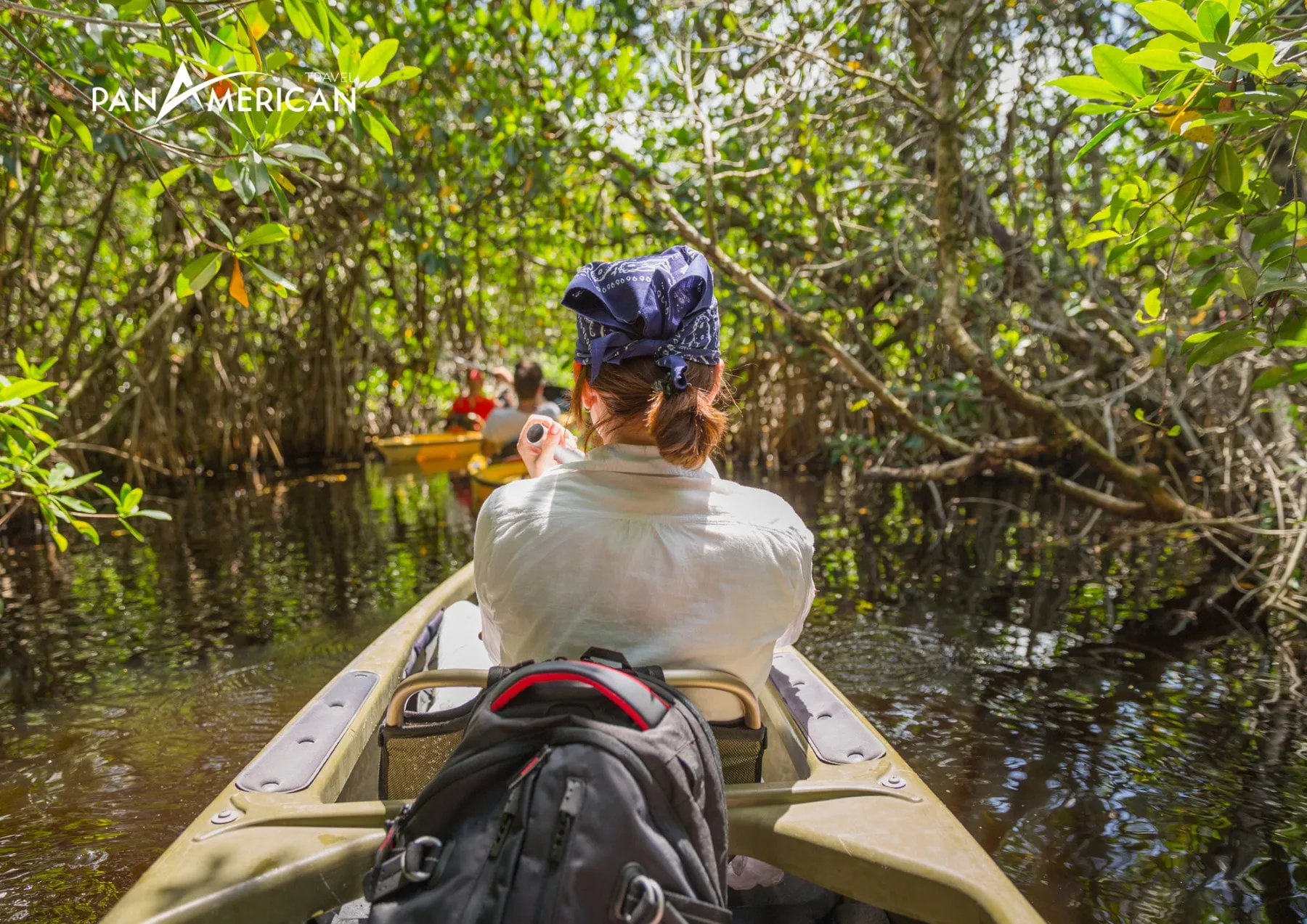
3. Birdwatch at Shark Valley
Shark Valley is renowned for birdwatching, especially during migration seasons. In the rainy season, you can bike or hop on tram tours to observation decks, where you’ll see rare bird species in abundance.
4. Visit Educational Centers
Educational centers like the Ernest F. Coe Visitor Center offer insights into Everglades’ history, ecology, and wildlife. Join ranger-led programs to gain a deeper understanding of the efforts to protect this unique ecosystem.
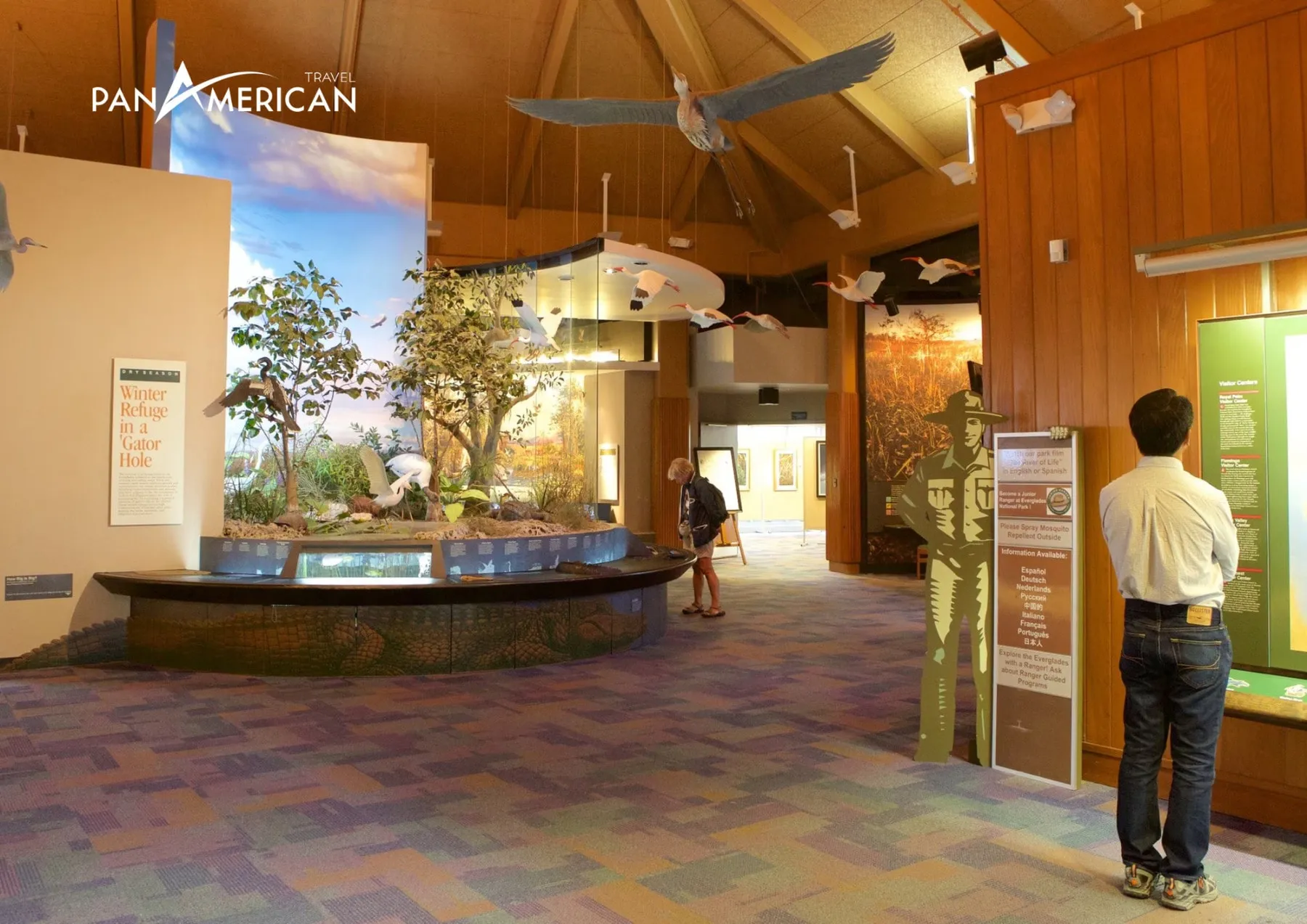
5. Explore Mangrove Forests
Everglades’ mangrove forests are a distinct ecosystem filled with biodiversity. Boat tours will allow you to admire native wildlife and learn more about how mangroves support environmental balance.
6. Airboat Tour: The Ultimate Experience
No visit to Everglades is complete without an airboat tour. These iconic motorized boats glide quickly across the water, taking you deep into the swamps to spot wildlife up close.
Tips for Visiting the Everglades During the Rainy Season
- Dress Appropriately: Long-sleeve, lightweight clothing, hats, and sunglasses are essential for sun and insect protection.
- Pack Insect Repellent: Mosquitoes are especially active during the rainy season, so carry repellent to avoid bites.
- Check the Weather Forecast: Sudden rain showers are common in Everglades, so stay informed about conditions and prepare accordingly.
- Stay Hydrated: Hot and humid weather can lead to dehydration, so drink plenty of water throughout your trip.
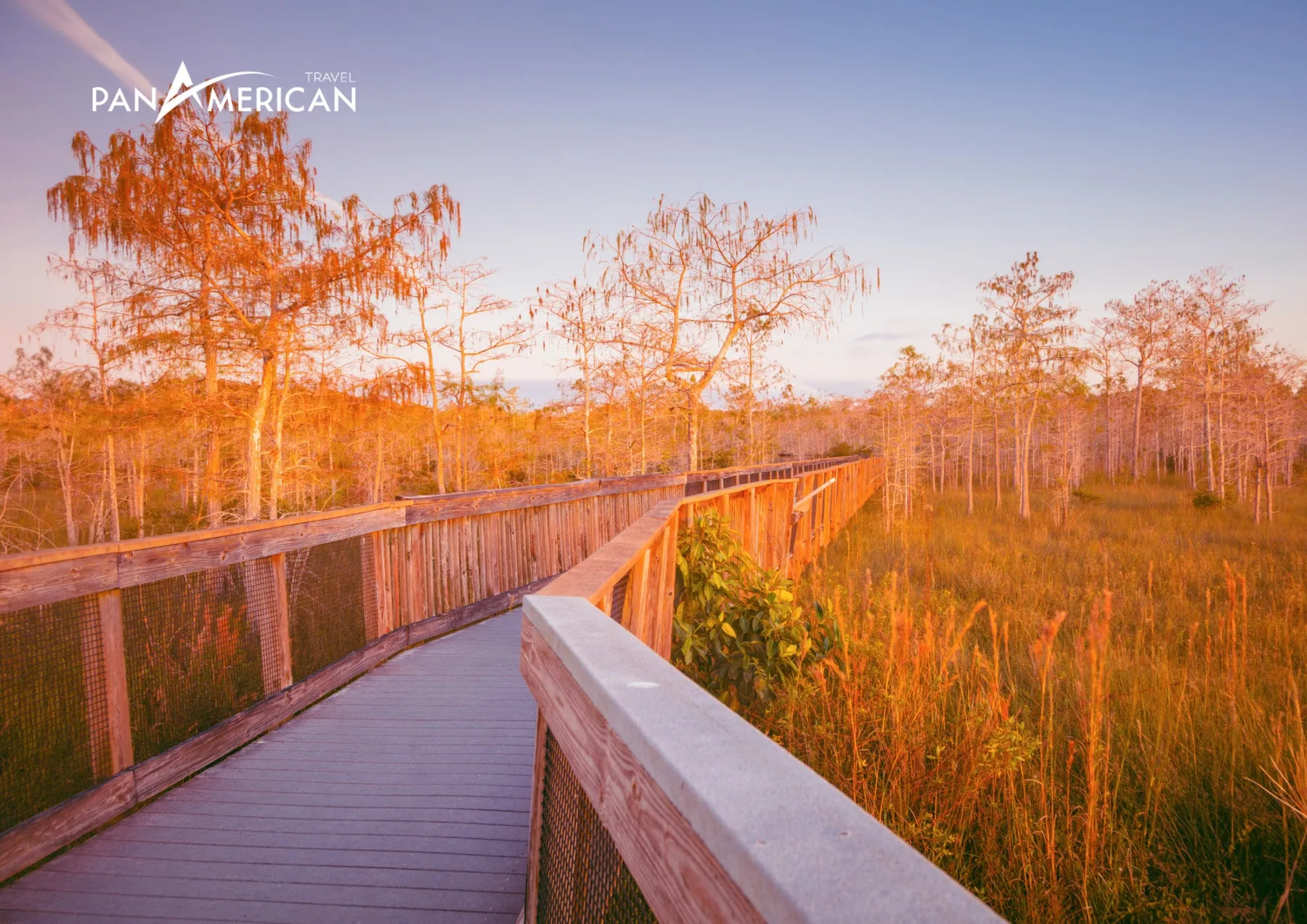
Conclusion
Discovering Florida’s wetland ecosystem during the rainy season offers unique opportunities to explore the wilderness and biodiversity of Everglades National Park. While there are challenges, the experience and memories you’ll gain will make it all worthwhile. Prepare well, and embrace the adventure — are you ready to explore Everglades in the rainy season?